Quantum mapping breakthrough proves real world applications of a frontier science
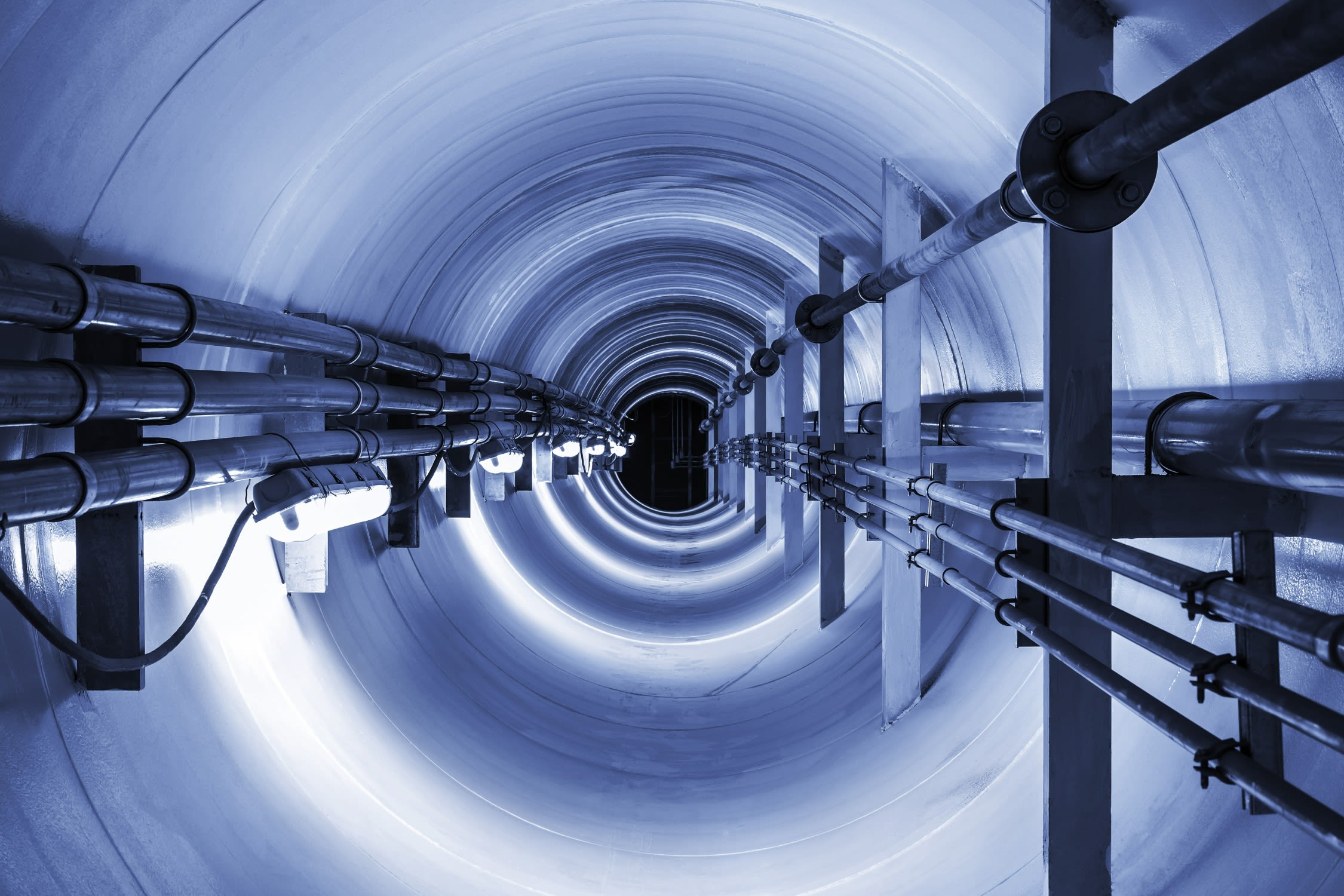
“We know less about what exists a metre beneath the streets of London than in Antarctica,” says Professor Kai Bongs, a quantum physicist at the University of Birmingham. Accurately mapping the underground world efficiently, without having to undertake costly and disruptive drilling, could be a game-changer for civil works, engineering and infrastructure.
A breakthrough in quantum sensing technology - which successfully identified a buried tunnel carrying utility pipes about a metre under a road, by detecting minute variations in gravity associated with the duct -provides powerful evidence of quantum technology’s ability to solve tangible, real-world problems.
Buried assets like pipes, tunnels, mineshafts and deep railway culverts, which provide drainage for railway tracks, are among the underground infrastructures that need to be accounted for in construction projects to ensure safety and viability. Current methods for identifying, mapping or adapting the subterranean environment are primitive. “Cost overruns, and roadworks causing traffic, such as when fibre optic broadband is laid out or water pipes are replaced, is often caused by people digging because they don’t know where the infrastructure is,” says Bongs, who is Principle Investigator of the UK National Quantum Technology Hub in Sensors and Timing.
Geological surprises - differences between survey estimates and actual conditions under the ground - are costly and even dangerous for an industry already struggling with low margins and high risks. Large construction projects typically take 20% longer than scheduled for completion, and can be up to 80% over budget. Unreliable location information about underground infrastructure represents a $50 billion to $100 billion drag on the U.S. economy, according to one estimate.
Ground penetrating radar, one technique, cannot penetrate far. Gravity sensors - a mass suspended on a spring - measure the gravitational forces acting on the mass from underground assets. But they need recalibration due to the stretching of strings, and require lengthy measurements in one position to average out background ‘noise’ due to vibrations.
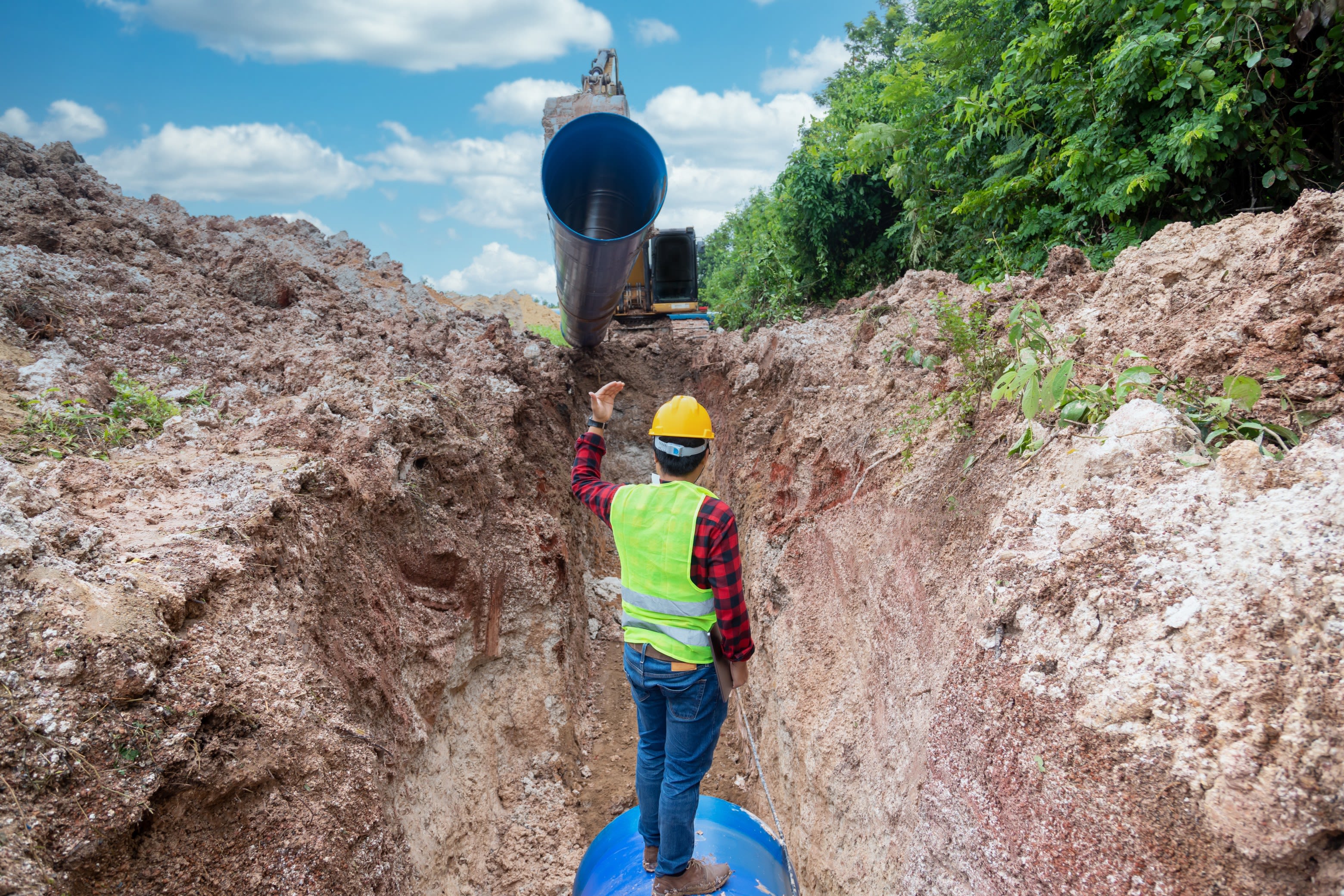
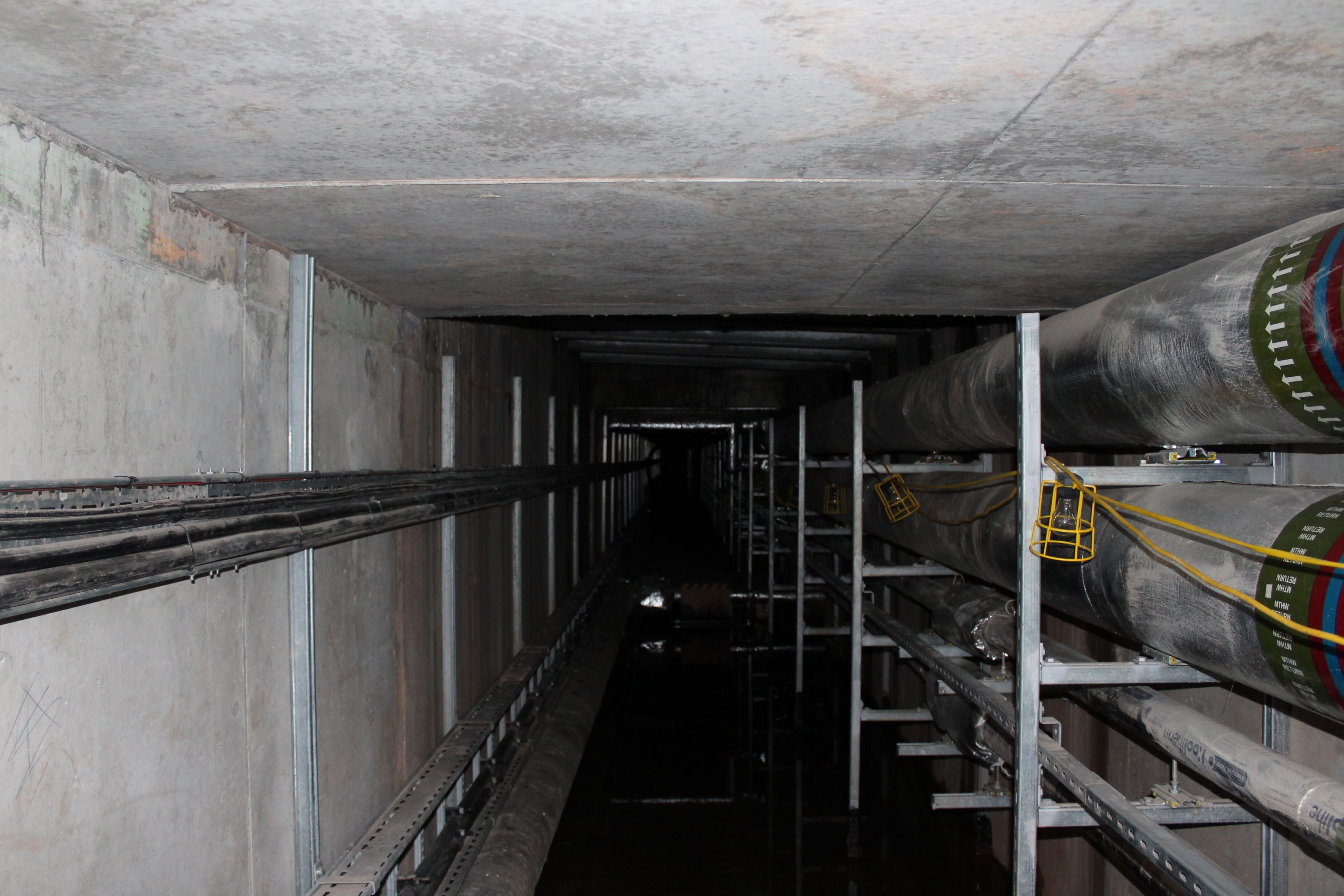
Inside the tunnel that was detected by the quantum instrument. Underground infrastructure can be difficult and costly to locate.
Inside the tunnel that was detected by the quantum instrument. Underground infrastructure can be difficult and costly to locate.
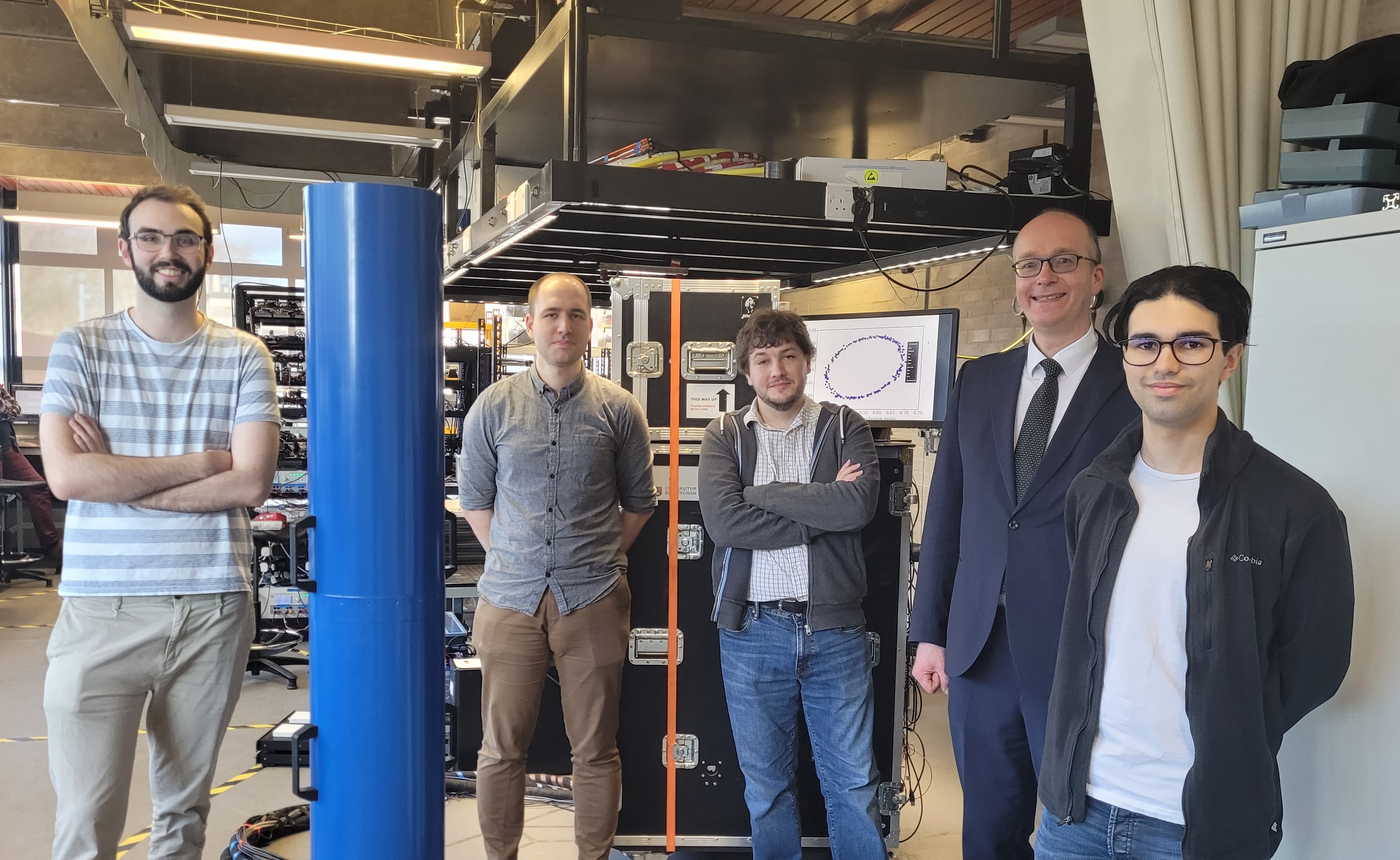
@Crown Cropyright
@Crown Cropyright
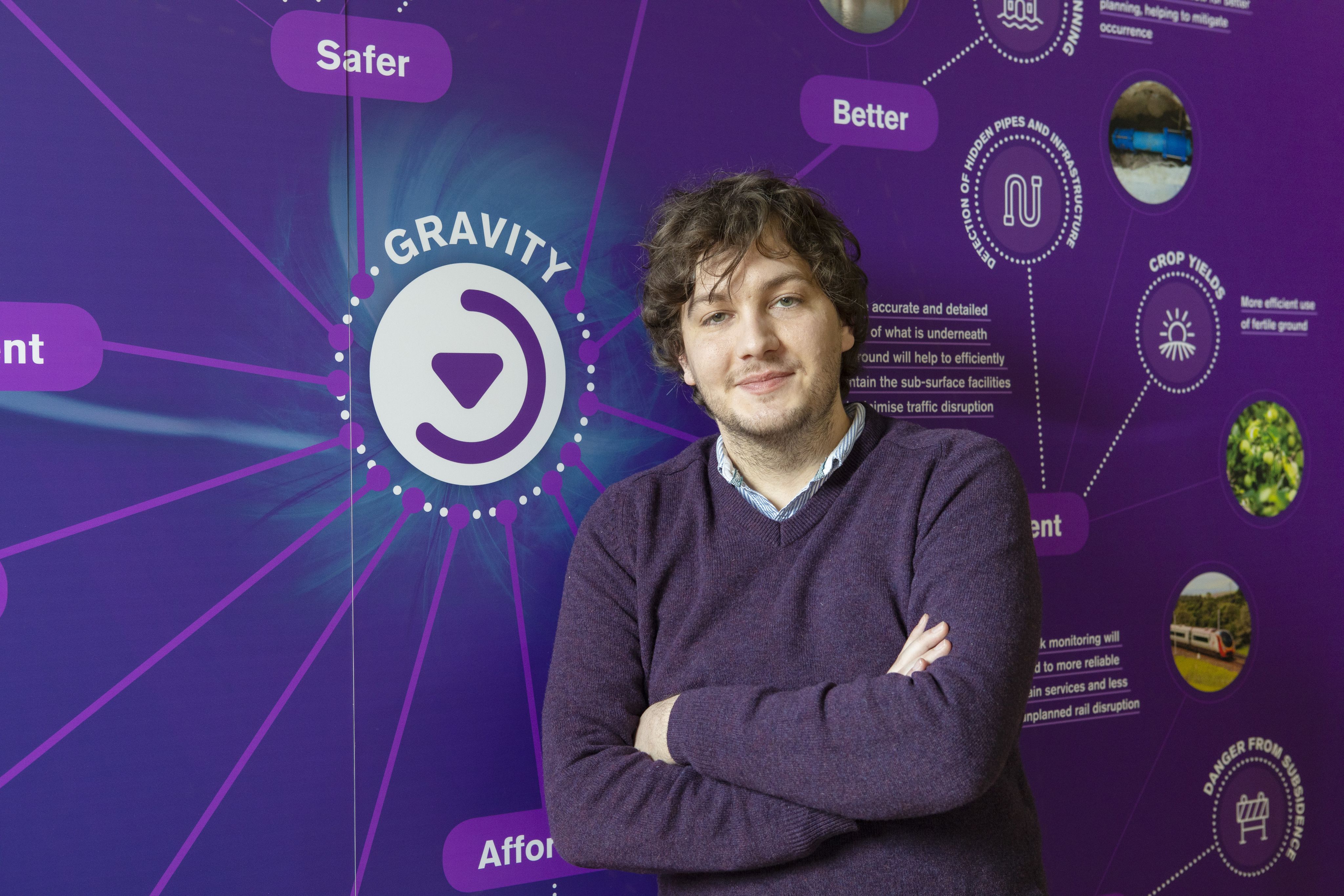
Michael Holynski, Associate Professor and lead of the Atom Interferometry group at Birmingham.
Michael Holynski, Associate Professor and lead of the Atom Interferometry group at Birmingham.
Professor Bongs, along with researchers at the University of Birmingham, including Michael Holynski, Associate Professor and lead of the Atom Interferometry group at Birmingham, have proven the power of a quantum-based approach through their new Nature paper.
Quantum sensors use enhanced quantum effects like superposition or entanglement. Consider superposition; quantum particles can be in two states at the same time, or can be traveling along two different trajectories simultaneously. The difference between the trajectories creates a quantum interference which can be used to determine what caused the two different trajectories. This effect is exploited to make the quantum gravity meter based on atom interferometry: atoms travel along at two different trajectories and two different heights, placing them in slightly different gravitational fields. When they are brought back together, the interference pattern created gives the gravity. To make this vibration insensitive, the same measurement is done with two atomic clouds starting at different heights, creating a gravity gradient signal, which is sensitive to a nearby mass, or void, under the ground.
The team implemented an ‘hourglass’ configuration cold atom gravity gradiometer, comprising magneto-optical traps with several mirrored surfaces arranged to reflect laser beams, to trap cold atoms clouds that are separated from each other. This allowed for coupled, differential measurements on two clouds of atoms separated by a vertical baseline. This means measurements are faster, noise is suppressed and the tool becomes even more sensitive.
“There are much better instruments in labs”, Professor Bongs explains, “but these are highly controlled in terms of temperature and vibrations. The breakthrough is being able to operate sensors in a real-world environment where you suddenly have the sun shining on it from time to time, or snow falling around it. You have vehicles driving past that means you have to move it from place to place, which means you have different magnetic fields - getting all of that under control is the breakthrough here.”
Quantum gravity gradiometers could transform the speed and efficiency of civil works in the medium term, Professor Bongs predicts. “You can easily imagine that in 10 years, we will have instruments which can do a brownfield site in a day or less, where people are doing ground surveys before they build, or before they put down a railway track, they can quickly run over it instead of having to drill holes”.
The breakthrough is pertinent at a time when many countries are investing significantly in physical infrastructure, often as part of COVID recovery spending packages, to address long-standing deficiencies like regional inequality and the pressures of climate change. President Biden’s $2 trillion dollar package includes $621 billion into transportation infrastructure such as bridges, roads, public transit, ports, airports and electric vehicle development and over $300 billion into improving drinking-water infrastructure, expanding broadband access and upgrading electric grids.
Quantum sensing could have far-reaching implications as proof points gather. Disaster resilience is one, such as revealing underground water flows to gauge and predict flood risks, or spotting early signs of volcanic events or earthquakes. Precision agriculture is another, given the importance of soil conditions and compaction on crop yields. Professor Bongs believes quantum technology could provide an alternative positioning and navigation system to satellites, which are a risky current dependency that nefarious actors could one day disrupt, wreaking havoc on supply chains, transport and global trade.
The experiment is the latest breakthrough emanating from the work program of the UK National Quantum Technologies Programme, a £1 billion initiative based at four universities, with each hub exploring real-world implications of quantum technology: Sensors and Timing (University of Birmingham), Communications (University of York), Enhanced Imaging (University of Glasgow), and Computing (University of Oxford). Professor Bongs predicts that sensors and timing alone will have implications across geophysics, healthcare, and navigation.
“Disruptive change is what we are after, where quantum can bring something completely new to how society lives”, he says. “If you look back in time, the first Nobel Prize was for the discovery of X-rays. No one knew at the time what that was. Now it's in every hospital, in every airport security scanner. Having a new modality to sense something we couldn't sense before can change drastically how we live.”
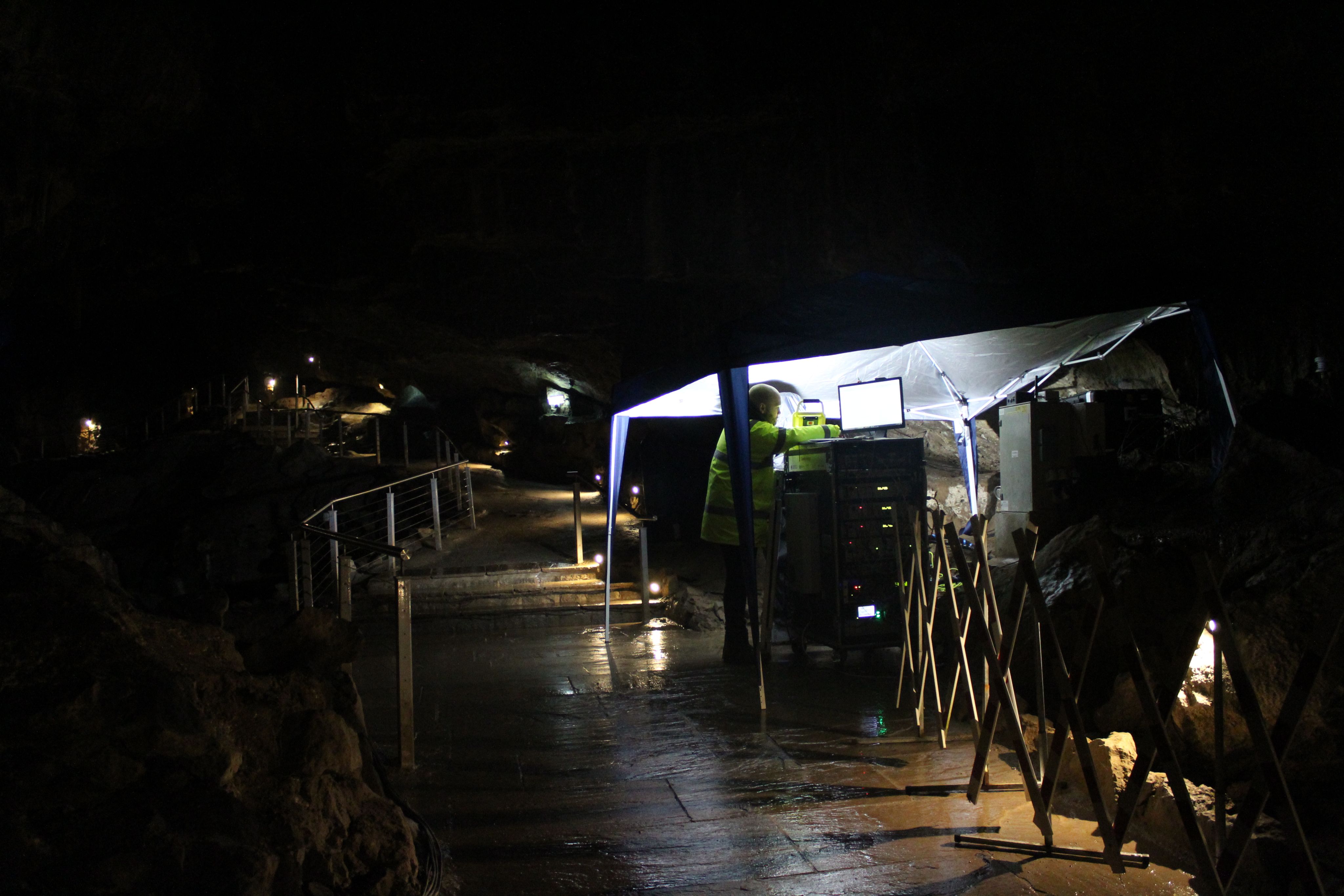

This content was paid for and created by University of Birmingham. The editorial staff of The Chronicle had no role in its preparation. Find out more about paid content.


